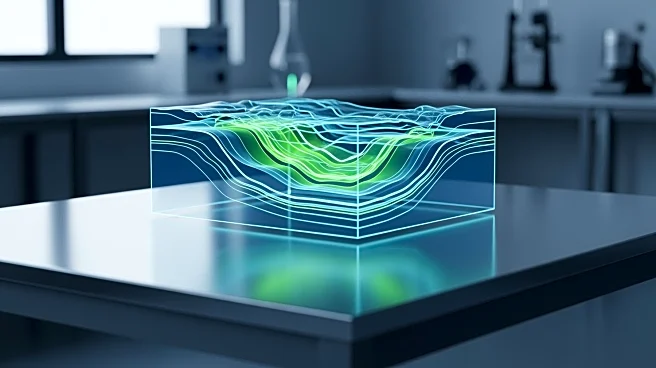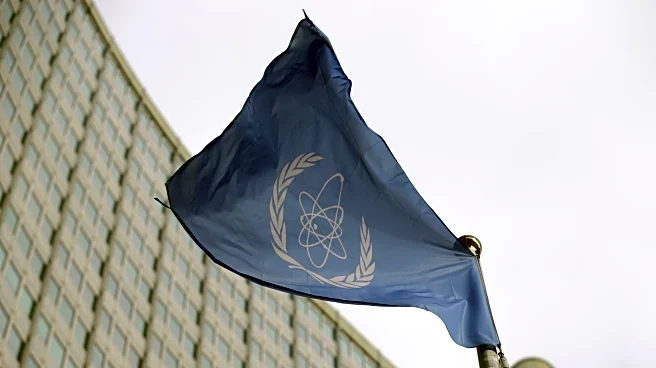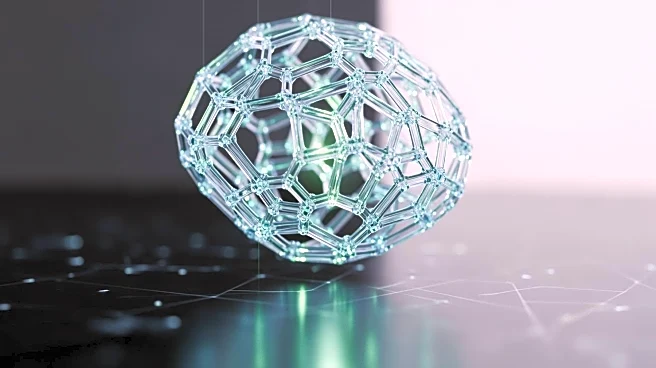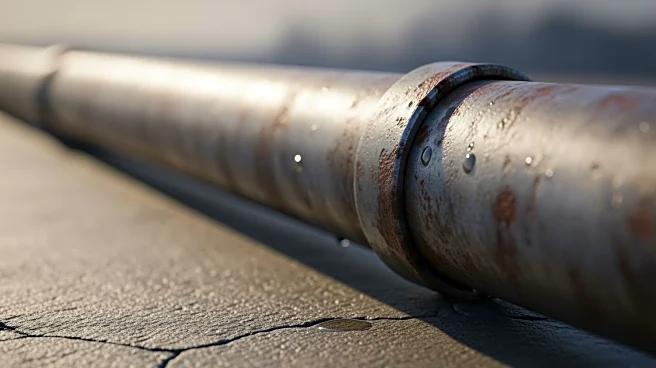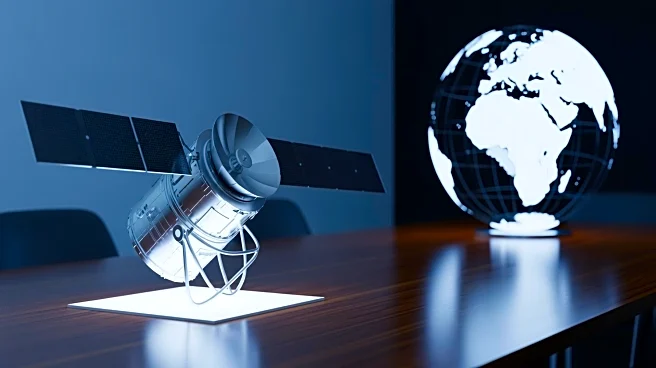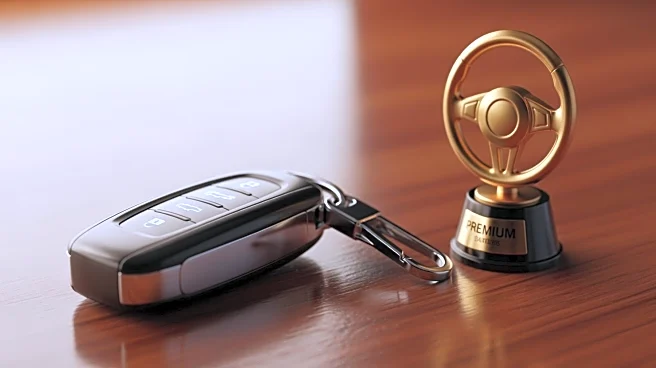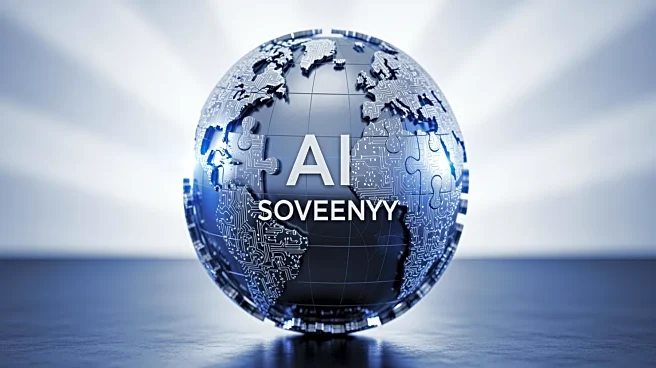What's Happening?
Researchers have developed a novel modeling approach to evaluate the integrity of geological barriers within nuclear waste repositories situated in crystalline rock formations. This study, part of Germany's CHRISTA-II initiative, investigates the long-term
thermo-hydro-mechanical behavior of host rock and quantifies safety margins against potential failure. The research focuses on the multiple containment rock zone (mCRZ) concept, which involves placing waste in several smaller, undisturbed zones to reduce risks associated with rock fractures. Using the OpenGeoSys finite element platform, researchers conducted advanced simulations to capture the interplay of heat transfer, fluid flow, and mechanical stress redistribution over extended timescales. The results confirmed the thermal and mechanical stability of the mCRZ, supporting its viability for safe, long-term containment of high-level radioactive waste.
Why It's Important?
This research provides valuable insights for the design of nuclear waste repositories, emphasizing the importance of geological barriers in safely isolating radioactive waste. By confirming the safety and resilience of the mCRZ approach, the study supports using multiple smaller rock zones to enhance containment performance and address long-term environmental and safety concerns. The modeling framework is adaptable for use in other countries assessing crystalline formations for deep geological disposal, offering critical insight into the evolution of a repository over extended periods.
What's Next?
Future research should expand the modeling framework to include a broader variety of geological conditions and fracture patterns. Sensitivity analyses will be crucial in identifying which parameters most significantly influence barrier performance and in enhancing model reliability. As countries worldwide seek sustainable solutions for managing high-level radioactive waste, the insights from this work offer a robust foundation for developing safe and scientifically sound disposal strategies.
Beyond the Headlines
The study highlights the essential role of numerical modeling in evaluating geological barrier integrity for deep nuclear waste disposal. By integrating thermal, hydraulic, and mechanical processes, the developed framework effectively assesses the long-term behavior of crystalline host rock while ensuring compliance with safety criteria.
